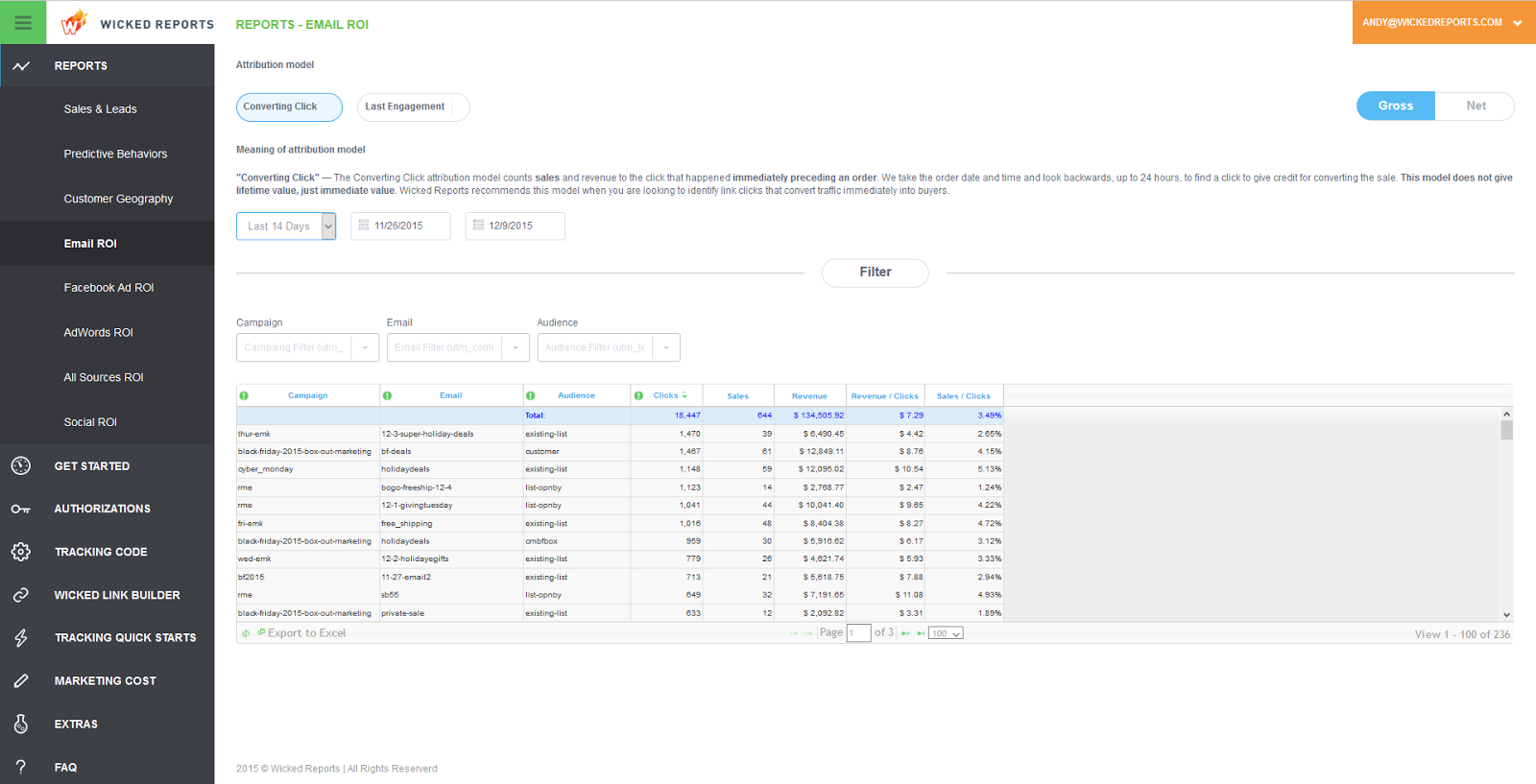If you’re like most online marketers you evaluate your ad campaigns by measuring their cost per click. Not only has this been best practice since, well, forever. it has also been the only way you could get a quantitative handle on advertising effectiveness.
The Three Cost per Click Challenges
 The problem with “The Way We've Always Done It” is that it’s often not the best way. In the case of cost per click, it’s also not the fastest or the cheapest and certainly not the most accurate.
The problem with “The Way We've Always Done It” is that it’s often not the best way. In the case of cost per click, it’s also not the fastest or the cheapest and certainly not the most accurate.
You probably run up against the three biggest challenges of cost-per-click ad measurement all the time:
- Not all data is created equal. Just because the clicks were cheap doesn't mean they got people to buy and actually generated revenue for your company. They may not have cost much for a reason.
- Not all clicks are created equal. Sure, it’s ideal to reach the right person at the right time with the right offer but life is complicated. People might need more information, want to evaluate options, be distracted, or have to wait for the right time. In the meantime, they click on multiple ads, catch a webinar, watch a video and check out your website.
When prospects finally buy, it’s because they’re ready and the last thing they did on their Customer Journey won’t necessarily be the thing that got them started—or even the message that convinced them.
- Cost per click isn't as cheap as it seems. If it’s not telling you what really works, the data can mislead you into continuing campaigns that don’t cause folks to buy and canceling campaigns that just take a little longer to deliver solid revenue. If you're focused on cost-per-click data to make decisions, you're absolutely losing money.
Here's why. When you act on that confusing information you risk throwing good money after bad even though you think it’s the right thing to do. You can’t spend clicks and they don’t go to the bottom line. Cost-per-click data is useless unless you know how much money you made from those clicks. If a campaign produces a lot of clicks over time but few sales, what good did it do?
ROI is the Solution
The solution is to evaluate your online ad campaigns for their return on investment. After all, you’re running these campaigns to make money, right? Here’s why focusing on ROI is better:
- ROI measures whether you’re making money on your traffic. You're spending money to get that traffic so if a campaign doesn't make money, it wastes money.
- ROI tells you if you’re getting value for your investment. Now you know which campaigns to double down on and which ones to fold.
Remember, ROI is not calculated as revenue divided by cost as it is sometimes defined. It’s actually revenue minus cost divided by cost:

Plus, you can use it to track ad spending and orders at the ad level over time. And time is the X-factor.
ROI and the 80-20 Rule
John Wanamaker may have thought that half his advertising was wasted but he did business in the late nineteenth century, way before the advent of marketing metrics. The real answer is closer to the 80-20 rule. Measuring ROI uncovers the 20 percent of your advertising that’s delivering 80 percent of the revenue—and vice versa.
In essence, using return on investment to measure your online advertising allows you to hear what your customers are telling you. And the customer is always right.
Note: Want to see what an online ad ROI report looks like? Go to our Features Page for a look at what Wicked Reports can do. Or watch this short video for more information on how to manage campaigns by ROI, not cost per click:





